So many of us dream of visiting Japan in Spring in the hope of catching the cherry blossom in full swing—but with an unbeatable buzz, fascinating culture and some of the world’s best food, there’s so much more to discover besides sakura.
We may have missed the famous cherry blossom season this year due to the outbreak of COVID-19 and travel restrictions that ensued. But with fewer crowds, better airfares and different landscapes to explore, it could be an opportunity to discover a new side to Japan—getting lost in Osaka nightlife, venturing to local Kanazawa markets, and seeing Tokyo’s neighbourhoods in a new light. Here’s what to do, where to stay and everything to eat, if you’re planning (or just dreaming of) your next big trip.
Ginza, Tokyo
What to do
The endless possibilities in Japan’s capital make Tokyo feel forever exciting. No two street corners are the same and the sprawling districts are as big as cities themselves, in which you can spend days tangling your way down bustling backstreets, or gazing up at futuristic architecture, and not even feel like you’ve scratched the surface. One minute you’ll find yourself at a cat café or robot restaurant for the first time in your life; the next, diving into a cultural tea ceremony.
Because when it comes to things to do here, Tokyo runs full-speed—shops, restaurants, galleries, bars, bigger and better than anywhere else. So, take in the neon lights and sci-fi buildings of Shinjuku, sample every yakitori in sight at Piss Alley, visit the temples of downtown Asakusa, slurp on the best noodles at Shin Udon and head to Ben Fiddich for personalised cocktails. There’s too much to squeeze into one day, but that’s the thrill of it.
Where to stay
Known for its business and luxury shopping district, Ginza is often cast aside in favour of its hip neighbours, Shinjuku and Shibuya, for being too exclusive and spiritless. Yet its central position, stylish streets and crop of cool restaurants are putting Ginza firmly on the map—like Teamlab’s restaurant, Moonflower Sagaya, which adopts the same visual effects as the world-famous immersive art installation all the while mastering the art of surprise across its 12-course menu.
Right next to Tokyo station, the Four Seasons Hotel Marunouchi is another Ginza hidden gem; with only 57 rooms, it’s one of the smallest luxury hotels in the area, and all the more reason to go. Contrary to the average Tokyo hotel crammed to the last square metre, bedrooms here are spacious and welcoming; the experience feels more personal, the atmosphere never stuffy, and you don’t feel like a room number in a large-scale hotel. A welcome addition to Ginza’s hotel scene, expect clean-lined silhouettes, modern design and abstract art, a minimalist albeit luxurious aesthetic, and a more relaxed vibe to its five-star counterparts nearby.
Overlooking the Marunouchi station, the scenes from the sky-high Motif restaurant are nonpareil, from which you can watch the racing bullet trains whizzing off into the distance, with the flashes of light and the twinkle of towering skyscrapers above, as you settle in for a pre-dinner cocktail. Japan already sets the bar high when it comes to food, but the culinary concept at Motif restaurant, led by Michelin-starred chef, Hiroshi Nakamichi, and head chef Hiroyuki Asano, is quite extraordinary. Innovative ideas with local ingredients take centre stage marrying the unique flavours of Hokkaido with farm-to-table French cuisine; a tasting menu includes at least ten beautiful plates paired perfectly with a selection of wines chosen by the sommelier.
Arashiyama, Kyoto
What to do
Known for its temples and teahouses, Kyoto is awash with things to see and do—geisha spotting in Gion, hidden bar hopping, and many a Michelin-star restaurant. Yet, the real charm lies further afield. A different kind of buzz, Arashiyama is on the western outskirts of Kyoto filled with lush greenery and tranquil waters, reminiscent of a little village but still with plenty of world-famous sites to explore.
Wake up early and get a glimpse of the IG-friendly Bamboo Forest before anyone else does, wind your way up to the monkey park (even better out of season to avoid the crowds) and discover the Tenryuji Temple, a UNESCO heritage site. As for the food, the area is heaving with cosy izakayas and secret soba spots; the general rule of thumb is that the best restaurants are usually hardest to find. Squeeze your way into Arashiyama Daizen, a teeny tiny restaurant with no more than four tables looking out onto the waterfront and sample the buttery black cod, or order every nigiri on the menu at Sushi Naritaya. Then as if by magic, when the sun goes down, so do the crowds. All of a sudden, everyone and everything disappears all but the beautiful bamboo-clad landscapes and forested mountains.
Where to stay
Away from the high-rise, five-star hotels of central Kyoto, Suiran Hotel in the less-populated area of Arashiyama, is a welcome anomaly. Though the sightseers arrive in their hundreds to the bustling main street of Arashiyama in search of matcha ice cream and soba noodles, a short walk away on the beautiful Katsura riverfront lies the five-star Suiran, A Luxury Collection Hotel.
Minutes away from some of Kyoto’s famed attractions, it still feels serene, secluded and away from it all; a sanctuary of thatched roofs, cloud trees, and natural beauty. A stay here is all personalised experiences and plenty of omotenashi (the formidable Japanese service). The design is also a rarity within the Kyoto hotel scene fusing traditional Japanese style (sliding screens, low beds and a private onsen bath with spring water) with modern comforts.
There’s no better setting for sake than in Cafe Hassui looking out onto the verdant landscapes of the Ōi River and mountains which, in Autumn, are lit up by a sea of red pine trees along the riverfront, followed by a memorable dinner at the restaurant with these same breathtaking views for company.
Kanazawa, Ishikawa
What to do
With 47 different prefectures, most tourists visiting Japan forgo Kanazawa in favour of Nagano, yet this cultural hub in north-western Ishikawa embodies local Japan at its best. Capturing the spirit of Japan, it’s where you’ll spend evenings at hidden three-seater bars chatting to locals until the early hours, discover new flavours at the sprawling fish markets and get a real taste of life in Japan, rather than a tourist-guide snapshot. A day starts in the Omicho market to sample sashimi, a slightly hectic ambience thronging with hungry locals, but arguably the freshest fish you’ll taste throughout your trip.
Followed by a quick stop-off at Curio Espresso & Vintage Design, a quirky coffee shop serving flat whites. Spend the morning wandering around the Kenroku-en Gardens and Kanazawa Castle before making your way to the Nagamachi neighbourhood, once home to Samurai, and the Higashi Chaya District, a traditional area of Kanazawa once frequented by geishas.
Where to stay
For a real change of pace, stay further afield at Beniya Mukayu, an hour’s drive from Kanazawa, from which you can venture into the city for a day of exploring and retreat for an evening of zen. Situated in the spa town of Yamashiro, this Ryokan, an esteemed Relais & Châteaux property, offers a more authentic experience to the nondescript hotel chains back in Kanazawa.
A sense of wellbeing sings throughout the hotel from the natural surroundings down to the menu giving guests a chance to get back to nature and go off the grid for a moment—hot spring baths, yoga on repeat and spa treatments are a welcome dose of calm after the buzz of Tokyo. Imbued by the natural surroundings, the design is calm, clean and uncluttered (like the name: Mukayu) and is a place to disconnect from the world around you. With some of the oldest hot springs around, the area of Yamashiro is also well worth a visit scattered with temples, shrines and art shops.
Nakanoshima, Osaka
What to do
Even if you go off season, Osaka’s energy never ceases. You can feel it the second you hop off the Shinkansen—the glowing lights of Dotonbori Bridge, the blinking neon signs and animatronics, the style, the authenticity. And the people. Known as the more fashionable and eccentric little sister of Tokyo, Japan’s coolest hangout is a heady mix of thumping nightclubs, vintage shopping and arcades mixed up with culture and castles, with so much going on it can make your head hurt.
The largest city in Western Japan, it boasts some of the finest food, too. With a street food scene rivalling the best, it serves up local treats like Okonomiyaki (savoury pancakes) and Tonkotsu ramen perfected to an exact science. Oh, and a casual 97 Michelin stars to its name, of which four restaurants hold an impressive three stars each. You’ll spend your days exploring the many shrines, the temples of Isshinji and Hozenji, and the impressive Osaka Castle, maybe even try your hand at a cookery or ceramics class, but that’s only the beginning—the city comes alive at night. If you don’t get lost in the maze of streets, you’re doing it wrong. Again, almost impossibly hard to find is Bar Nayuta, a swanky, dimly-lit hideaway that mixes up equally swanky cocktails based on ingredients you like, or Shotsbar1 for a local joint that happens to do excellent negronis. Another hotspot, Misono building is a done-up warehouse filled with minuscule themed bars that veer between the weird and wonderful that’s worth a trip, if not for the experience of trying to find it.
Where to stay
Hands down the best views of the city come courtesy of Conrad Osaka, a luxury five-star hotel standing tall in the heart of the CBD district, blessed with panoramic vistas of the express waterways and sparkling lights down below, and situated in the Nakanoshima Festival West Tower.
An ideal base for exploring the city, it’s close to many areas of interest like the National Museum Of Modern Art, as well as Orange Street, the Kuromon Ichiba Market and Umeda, all accessible by train. Like the rest of the hotel, rooms maintain modern and luxury decor with supreme attention to detail, emphasis on the views. Unlike the city’s edgy exterior, though, the upscale aesthetic is rather minimalist and shiny in comparison, the exception of some contemporary art that feels like a nod to the city’s creative side. The best part about the hotel, however, is that you’re close to all the action so you can retire after a day of sightseeing for a quick power nap before heading out again to explore what Osaka nightlife has to offer.




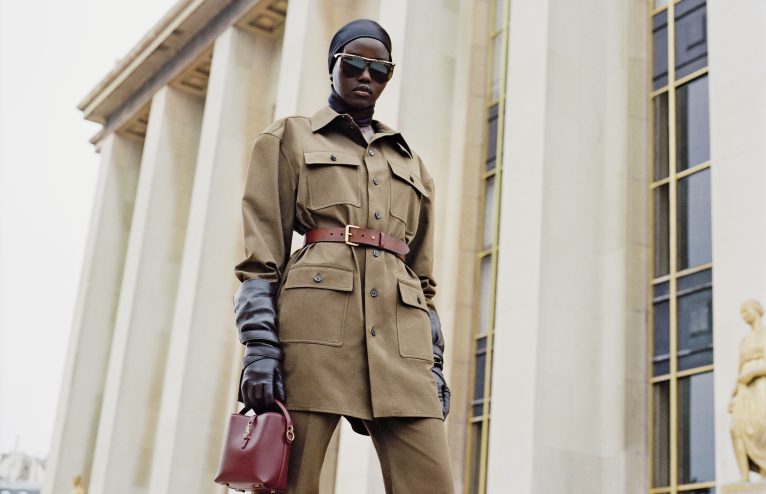

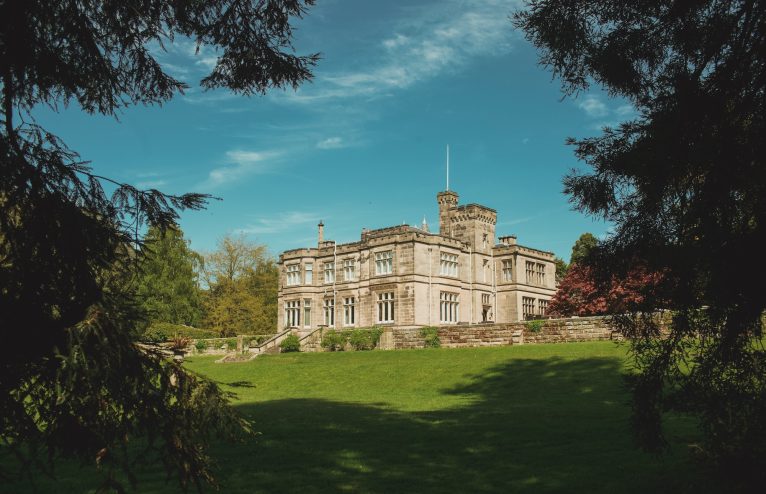
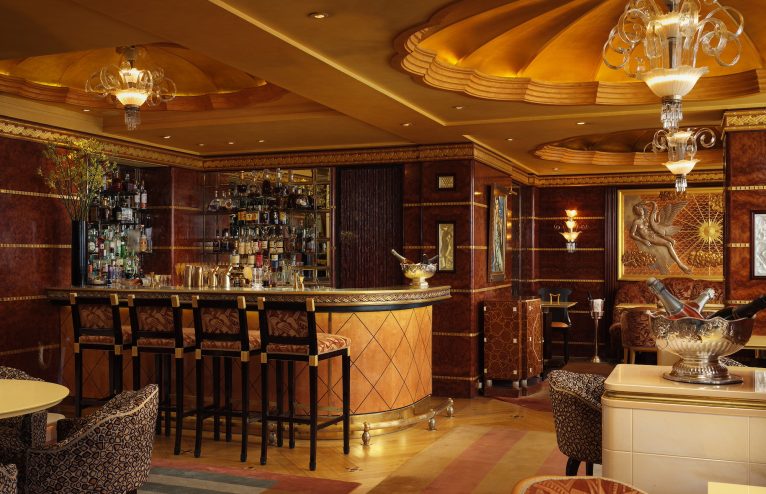

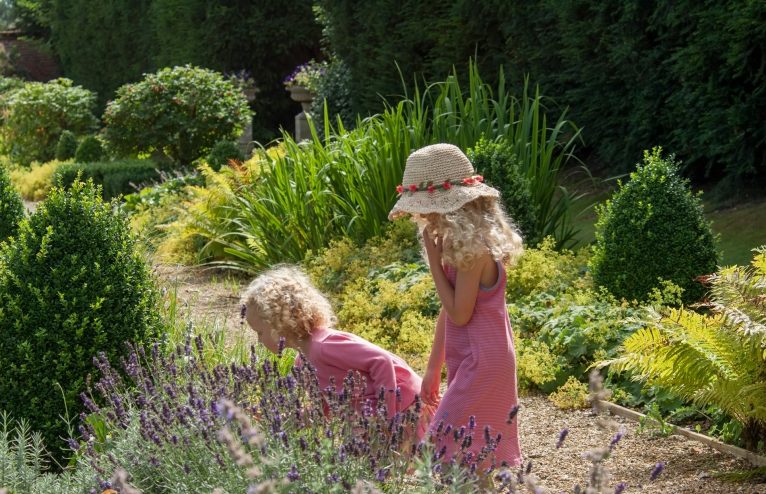







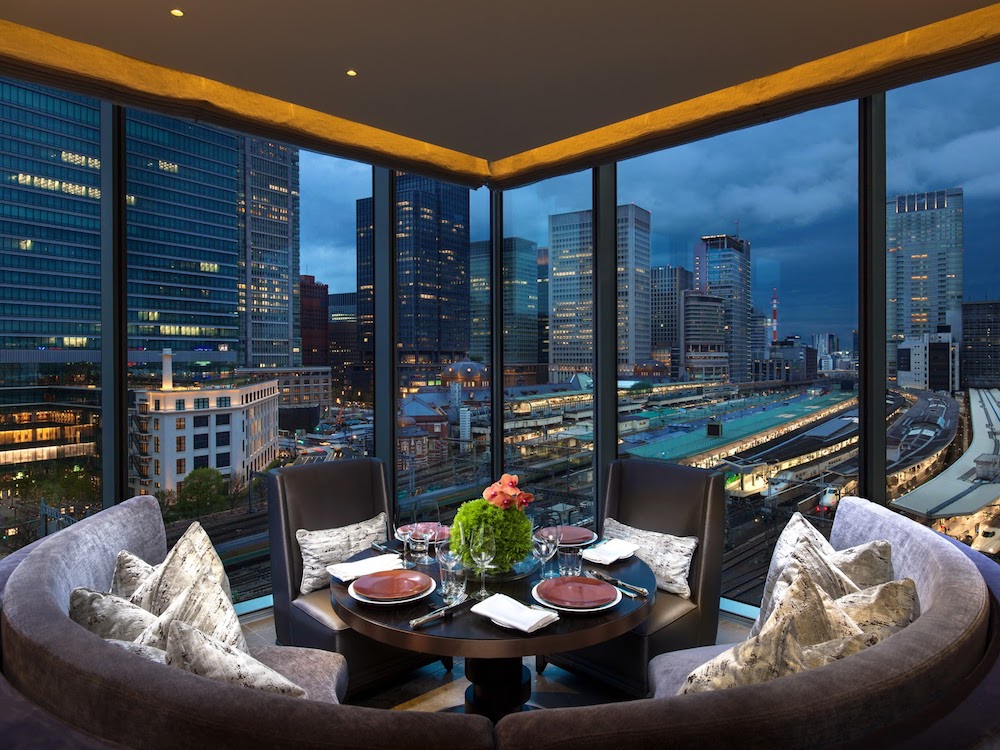
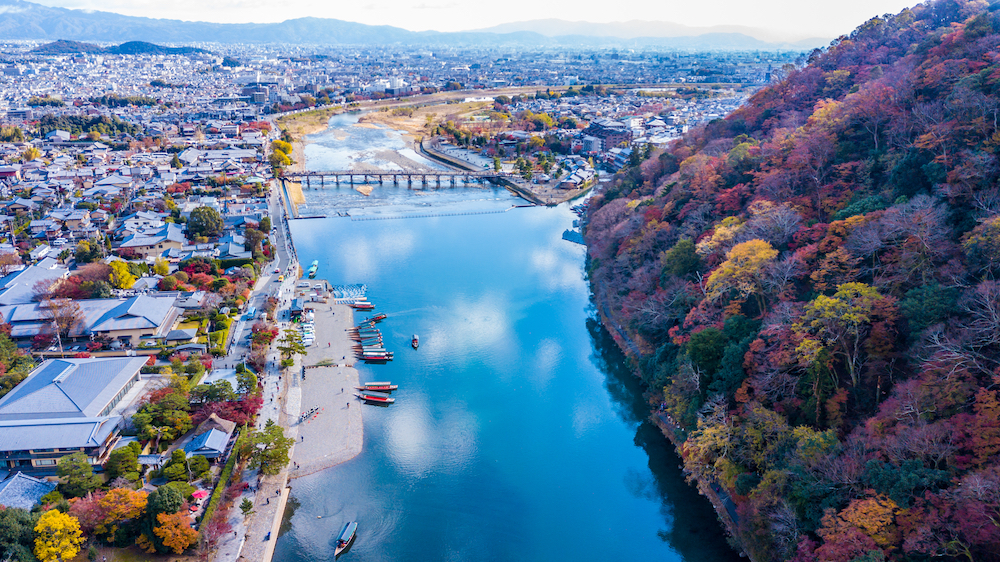
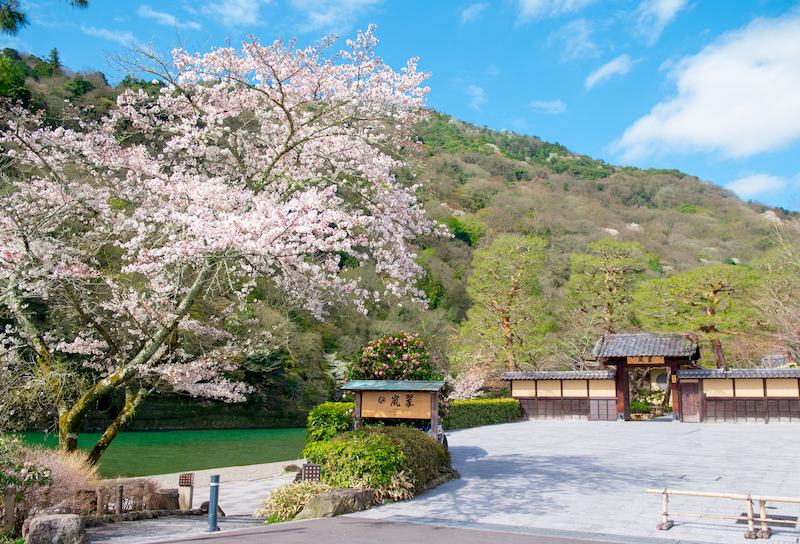
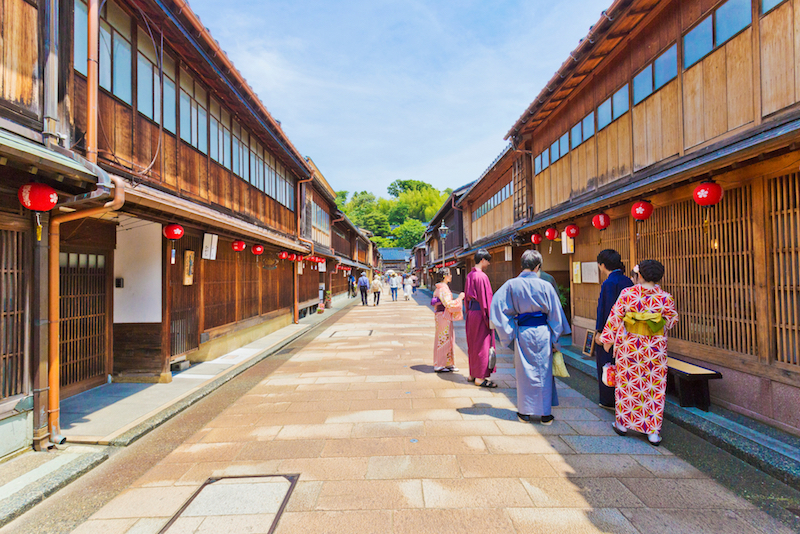
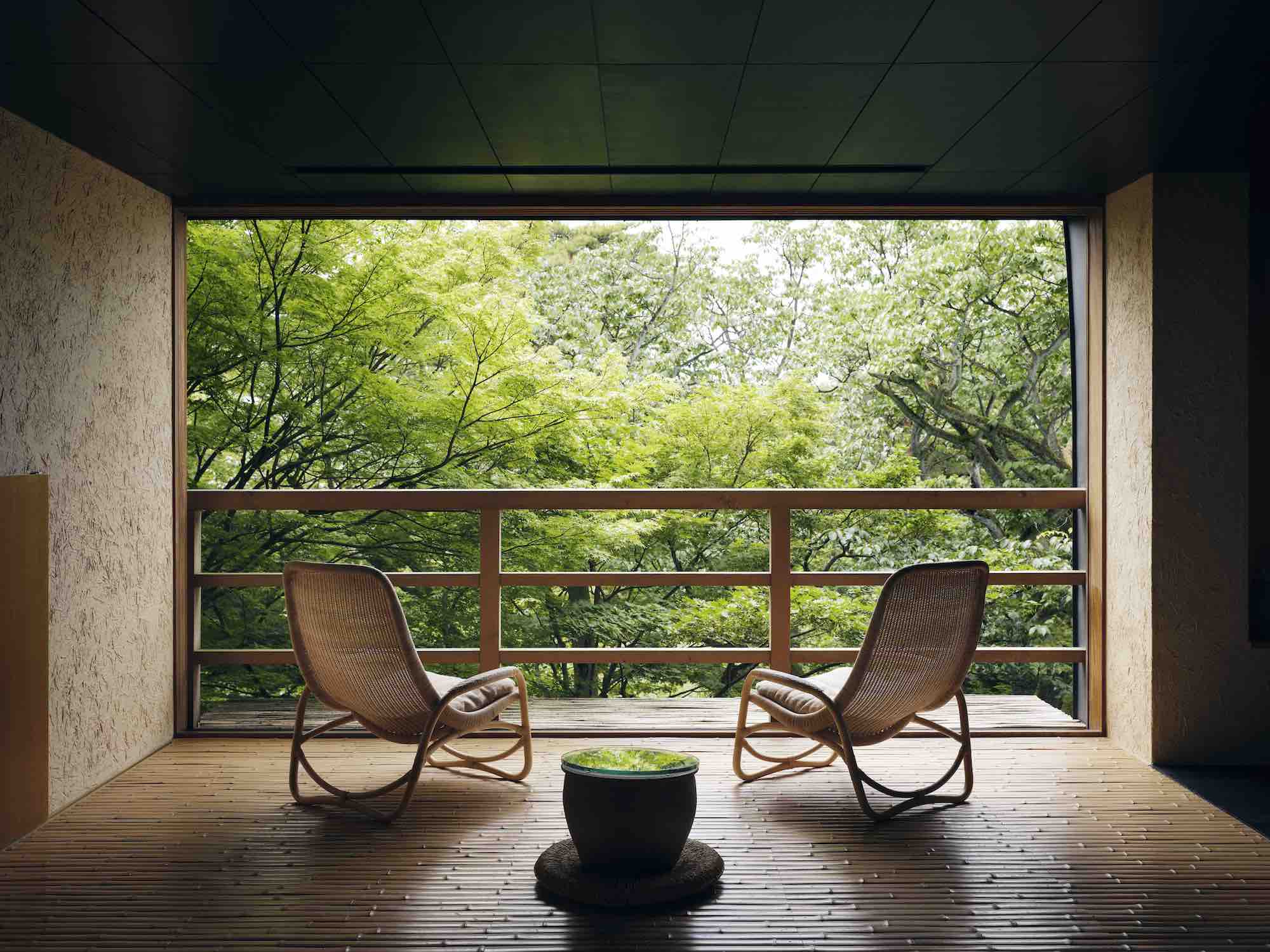
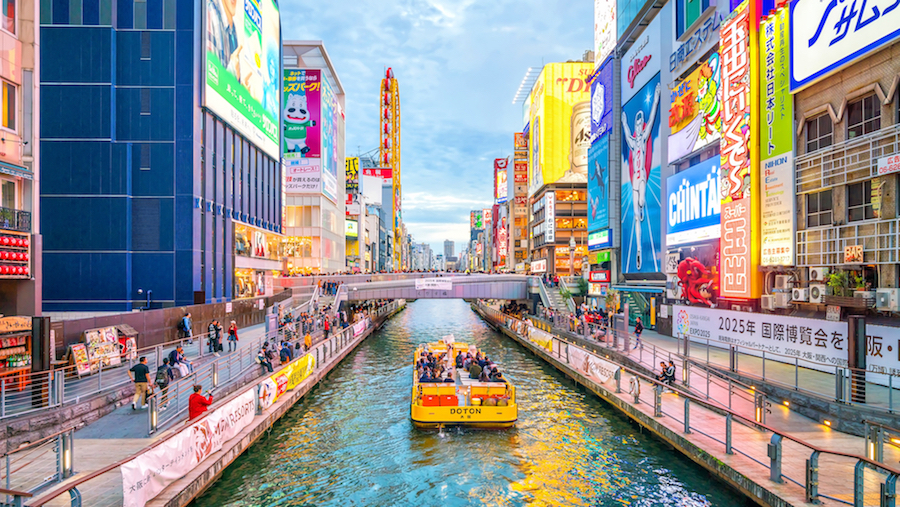






Any Questions or Tips to add?